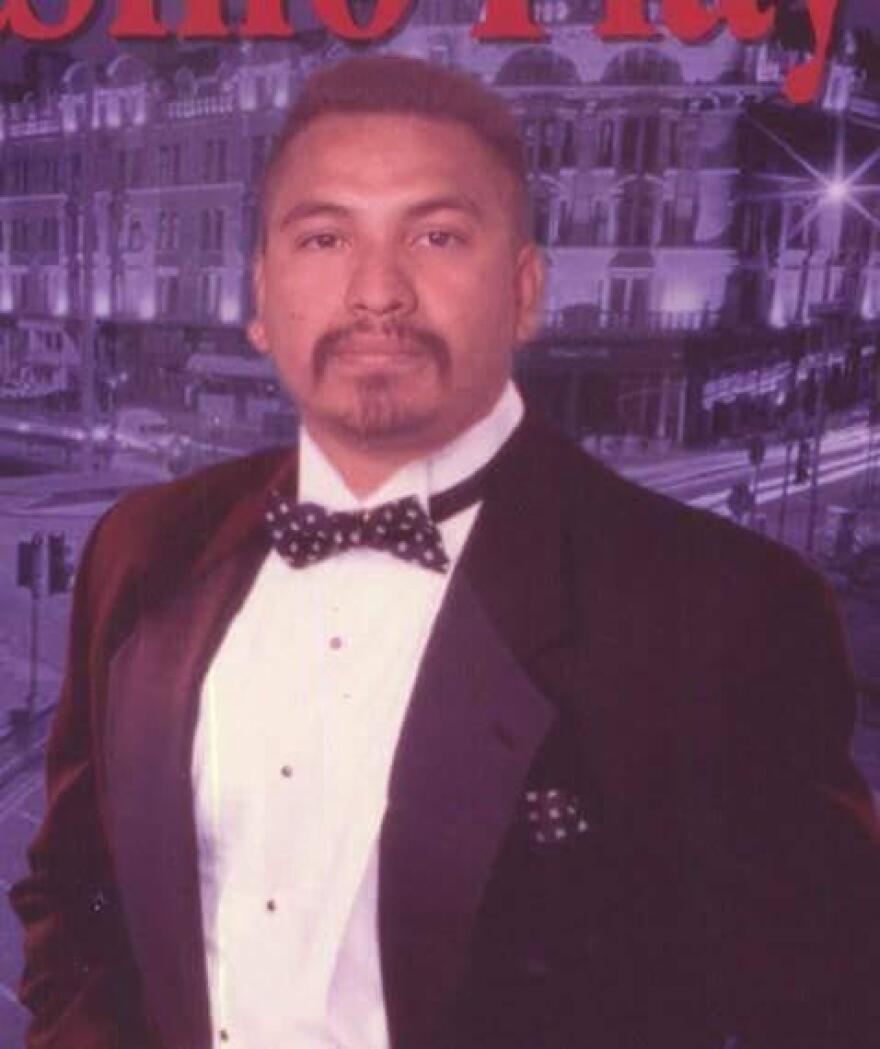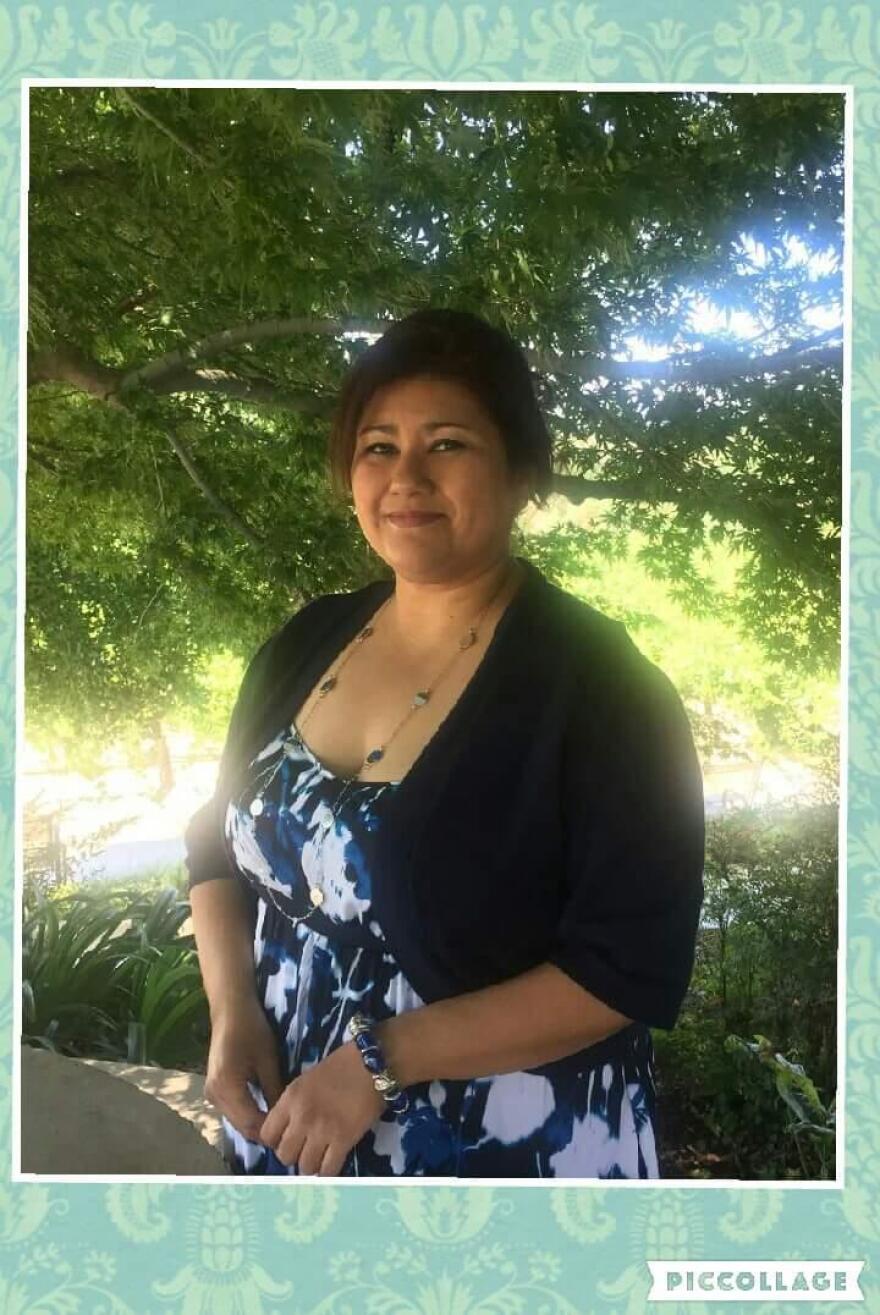Every year in America, around 42,000 people kill themselves. Suicide is the second most common non-illness related cause of death, but prevention advocates say the issue remains hidden and stigmatized. Recently, a series of high-profile events have recently brought suicide into the spotlight in the Central Valley. Many suicide advocates are now saying that the key to prevention is talking about it.
Three Clovis West High School students, a newly elected Bakersfield City Councilmember, and a Bakersfield LGBT activist all have taken their own lives in the last six months.
The issue strikes close to home for Carmen Vargas whose father, “committed suicide in a church in a rural area around here,” and brother, “committed suicide when I think I was 26,” Vargas says.

Vargas herself even attempted suicide.
“I tried to take some pills. I made sure I had enough of them in my system. I went on the internet and was like ‘what is a lethal dose of’,” Vargas recalls.
A last minute change of heart prompted by an internet site with a “letter from God to those considering suicide” caused Vargas to throw up the pills, saving her life.
Now, when she hears stories about other suicides in the Central Valley she says she recommits herself to bringing suicide out of the shadows and to helping people understand what drove her. She hopes she could help save a life.
“That is all the pain that they can imagine right there. And can you think of the most horrible pain you have and think that it is never going to go away? Like if you had a tooth ache and you think ‘this is never going to go away. They are going to pull it out but it is still going to hurt’. It is that desperation,” Vargas says.
Suicide prevention advocates say it’s hard to generalize about what causes each person to take their own life.
However, they say when these cases hit the media, it is an opportunity to destigmatize suicide, making it OK to talk about, in ways similar to how cancer was once a taboo topic but is now out in the open.
Stan Collins is a suicide prevention expert who works in the Central Valley.
"My story isn't as uncommon as you think. There are other family members that have that in their family," Carmen Vargas
He says the biggest fear that needs to be broken is the idea that talking about suicide will somehow tip a person into making the decision to kill themselves, when instead it can have the opposite effect.
“Suicides can actually decrease and help seeking can actually increase. So when Robin Williams died by suicide, what we saw from that [was] a huge spike in visits to suicide prevention and mental health websites,” Collins says.
The Central Valley has a rate of suicide roughly consistent with the rest of the country. However, the numbers can fluctuate widely from year to year and not every suicide is counted because sometimes it is difficult to tell a person took their own life.
Still, suicide clusters, like the one at Clovis West, and two recent high-profile cases in Bakersfield, have health and political leaders saying the valley has to do more.

Fresno County Behavioral Health Director Dawan Utecht says the county is in the process putting together a suicide prevention task force.
“It is an opportunity for us to put the focus on why do suicides happen? And what can we do collectively to address the underlying issues? Because there is always a reason,” Utecht says.
She says other places in the valley like Tulare and Kings Counties already have a suicide prevention task force.
Last week, the Mental Health Director for Kern County went before the board of supervisors to sound the alarm about the need for more suicide prevention programs.
California lawmakers recently passed a law requiring every school district to develop a formal suicide prevention and response plan.
Assemblymember Patrick O’Donnell of Long Beach, a former middle and high school teacher, wrote the law after hearing concerns that schools were not doing enough to help their students.
“The plans need to focus on prevention, intervention, and ‘post-vention’. ‘Post-vention’ meaning when an incident has occurred at a school, or at an off-school site but to a student, that the school has a plan to address that too,” O’Donnell says.
Most districts already had plans in place but are now working to make sure they have formalized plans that comply with state law before the start of the next school year. That includes both the Fresno and Clovis Unified school districts.
For Carmen, who survived her own suicide attempt, she just hopes that more people hear the stories and talk about suicide with their friends and family.
“My story isn’t as uncommon as you think. There are other family members that have that in their family,” Vargas says.


